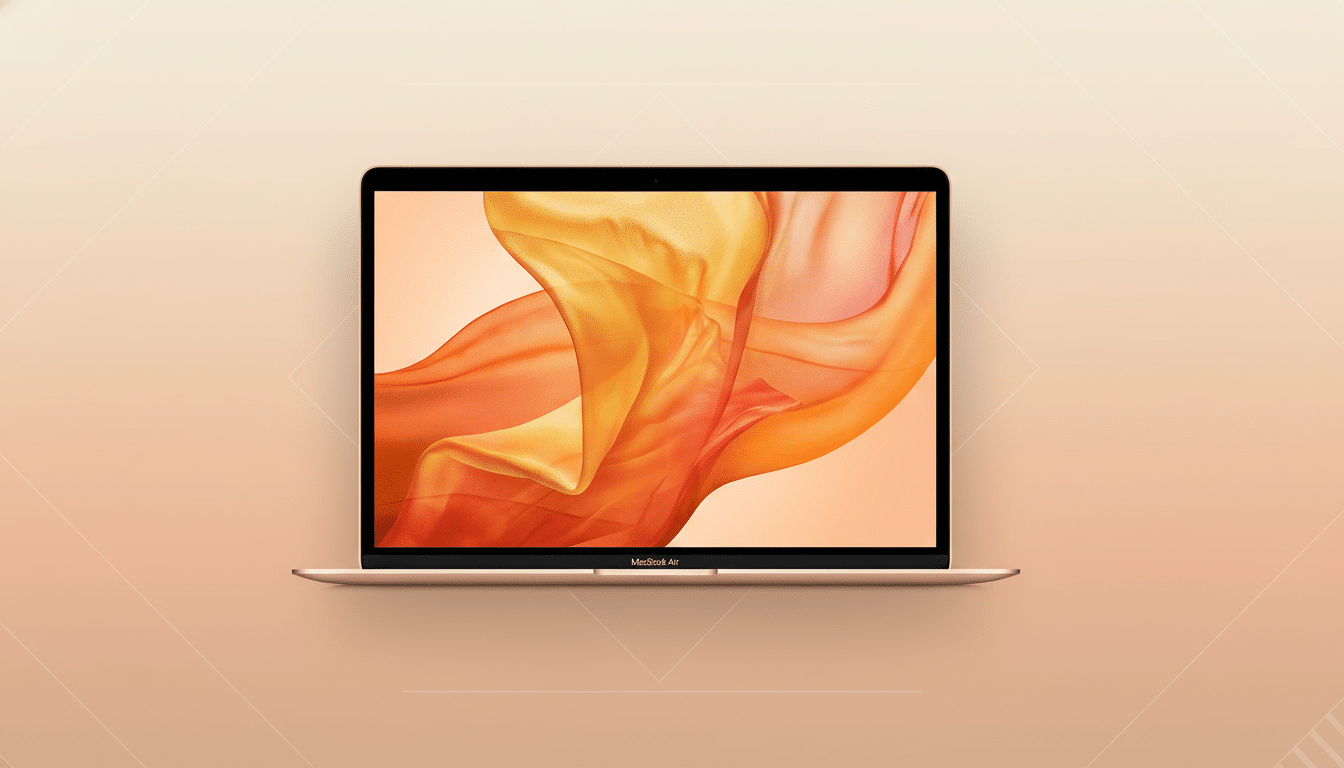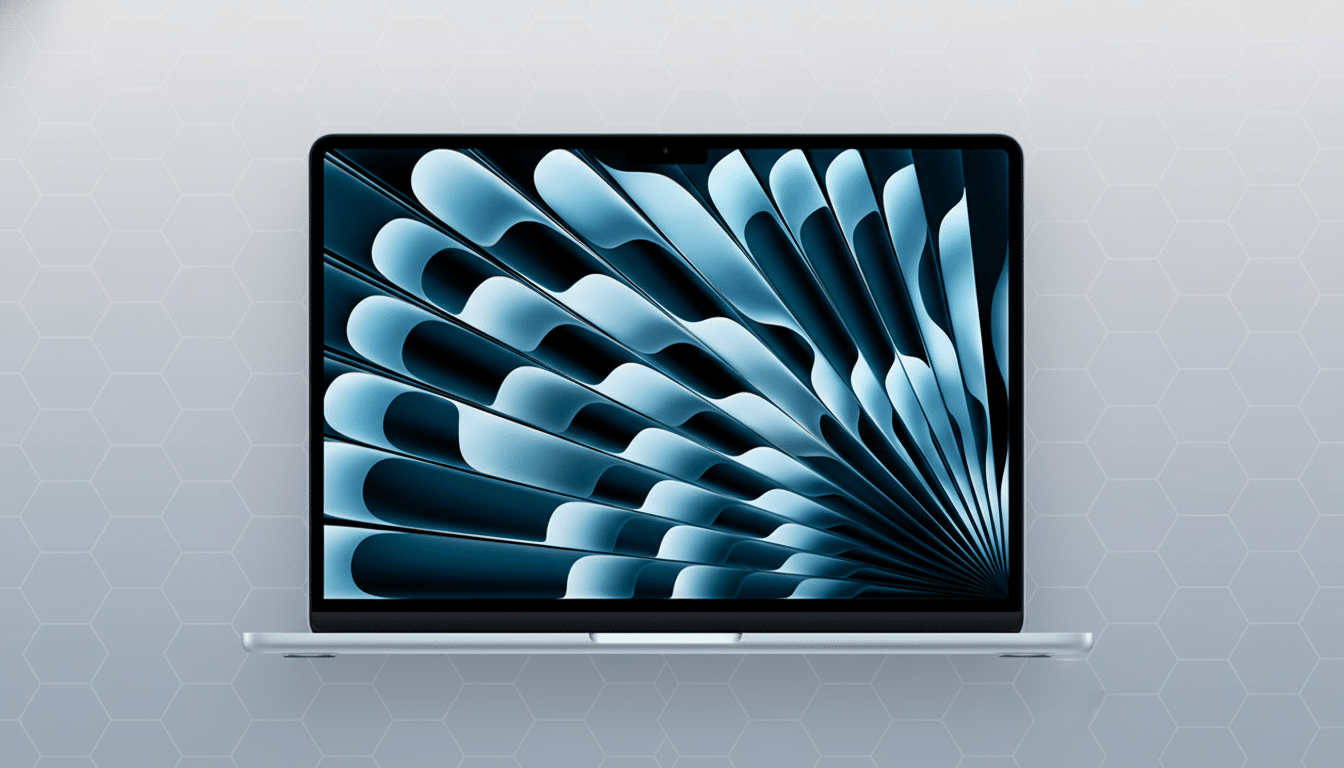Apple is also reportedly working on a low-cost laptop that’ll take the fight to Chromebooks and entry-level Windows laptops. The concept is straightforward yet significant: a stripped-down Mac for routine use, designed to snag buyers who aren’t willing to pay those premium MacBook prices. It’s an old rumor, but the sourcing this time — and the condition of the market — make it difficult to dismiss.
What the New Report Says About a Low-Cost Apple Mac
Apple is working on a budget Mac that sits well under $1,000 and is targeted at casual users who do most of their computing in the browser, write docs, etc.—who aren’t joining the Webex meeting to run a GPU-accelerated product demo. The product would be built using cost-saving parts and a stripped-down spec sheet, not dissimilar from the formula that made Chromebooks ubiquitous in schools prioritizing manageability over muscle.
- What the New Report Says About a Low-Cost Apple Mac
- We’ve Been Here Before With Rumors of Budget Macs
- Why a Chromebook Rival Makes Strategic Sense
- What a Budget Mac Might Look Like If Apple Ships It
- Risks and Open Questions About a Cheaper Mac Strategy
- What to Watch Next as Apple Weighs a Budget Mac Launch

That product would represent a significant departure from Apple’s laptop strategy. For years, the company has focused the Mac lineup on premium materials, top-of-the-line displays and long-lived silicon — traits that help keep margins high and base prices aloft. A less expensive Mac suggests Apple sees headroom below MacBook Air, where ChromeOS and sub-$499 Windows PCs have reigned for a while.
We’ve Been Here Before With Rumors of Budget Macs
Rumors of a Chromebook-like Mac have appeared in previous product cycles, such as talk of a new entry-level line separate from MacBook Air and the possibility that compact, lightweight MacBooks could make their return. Ming-Chi Kuo and other high-profile analysts have thrown out possible official release dates before. None of those attempts bore fruit, serving as a reminder that Apple has prototyped like crazy and shipped selectively.
What feels different about the latest reporting is the coincidence of business incentive and product maturity. Apple Silicon has redefined the Mac’s performance-per-watt floor, allowing for Apple to draw down on components while not cratering the user experience. That makes room for a cheaper chassis, a humble display and last-generation chips while also being able to run browsing, Docs and Zoom smoothly.
Why a Chromebook Rival Makes Strategic Sense
Chromebooks exploded in popularity during the remote-learning boom, particularly in the U.S., home of what’s thought to be ChromeOS’ biggest user base: schools. Analysts from firms like Canalys were noting quarters when Chromebook shipments grew by around 275% year-on-year, and Futuresource has frequently pegged ChromeOS north of 60% share in U.S. K-12 device deployments. The enticements: low cost, simple fleet management and quick boot-to-browser workflows.
Apple has, for its part, made a push into education with the iPad by offering aggressively priced institutional versions of it, but factors such as keyboards and management tools and testing platforms still drive many districts to Chromebooks.
A cheap Mac might rekindle the conversation by uniting the ergonomics of laptops with Apple’s famous long support windows. macOS hardware tends to have a long, OS-update-supported lifespan; AppleCare for enterprise and education can make TCO projections easier.
Google, for its part, has increased the period of automatic updates on newer Chromebooks to 10 years — a significant improvement over the previously paltry offering that died after an “expiration,” as Google calls it. No other contender brings a competitive suite of out-of-the-box productivity software (Pages, Numbers, Keynote, GarageBand and iMovie are all well-known quantities), along with tight integration with Classroom and mobile device management — both sweeteners for tech directors.

What a Budget Mac Might Look Like If Apple Ships It
Expect pragmatism over pizzazz. Think an older-generation M‑series chip, a standard 60 Hz LCD, fewer ports and conservative base storage and memory. The use of Wi‑Fi 6 without bleeding-edge radios would be a cost saver, as would a more basic webcam and no speakers. Materials could move away from unibody luxury and toward something workmanlike — still sturdy, just not as jewel-like.
Expect pricing (especially for those external GPUs), if and when this product launches, to range from $699 on the low end and go up to around $899 — more expensive than the average Chromebook but cheaper than today’s MacBook Air.
The reality of that gap is less important if Apple leans into lifespan, resale value, and consistent performance under load. If you’re a student or office worker whose home life is lived in the browser, an efficient chip and solid keyboard may beat out Retina-class frills.
Risks and Open Questions About a Cheaper Mac Strategy
The major internal risk is cannibalizing itself. If you set a cheaper Mac too close to MacBook Air, you undercut Apple’s most popular laptop. If it falls far lower, there will be no way to clear the bar set by well-appointed Chromebooks from Lenovo, Acer and HP that include touchscreens and long battery life for hundreds of dollars less.
Software positioning is another puzzle. Yeah, a full macOS experience is a feature, not a bug, but IT stakeholders also want ChromeOS-like simplicity. Apple might promote managed modes, zero-touch deployment using Apple School Manager, and seamless iCloud/Google Workspace integration. This device is also something the company has to reconcile with iPad in education, where the overall cost of a kit often comes down to how much the keyboard and case cost.
What to Watch Next as Apple Weighs a Budget Mac Launch
Supply chain tells — panel orders, chassis tooling, and education-channel SKUs — will be the early tells. If Apple is truly serious about cutting under its existing entry price, you can also bet on evidence of reusing older chips and even more stripped-down configurations. Keep an eye on district procurement cycles too — an education-first launch window would coincide with the time for bulk buying and pilot programs.
We’ve heard this story before. What’s different now is the Apple-as-silicon-supplier advantage, a developing education software stack and a market that’s suddenly open to alternatives as device refresh due dates come due. If Apple finally gets around to shipping a Chromebook-style Mac, it won’t be that it can — it will be that the math and moment have finally aligned.

